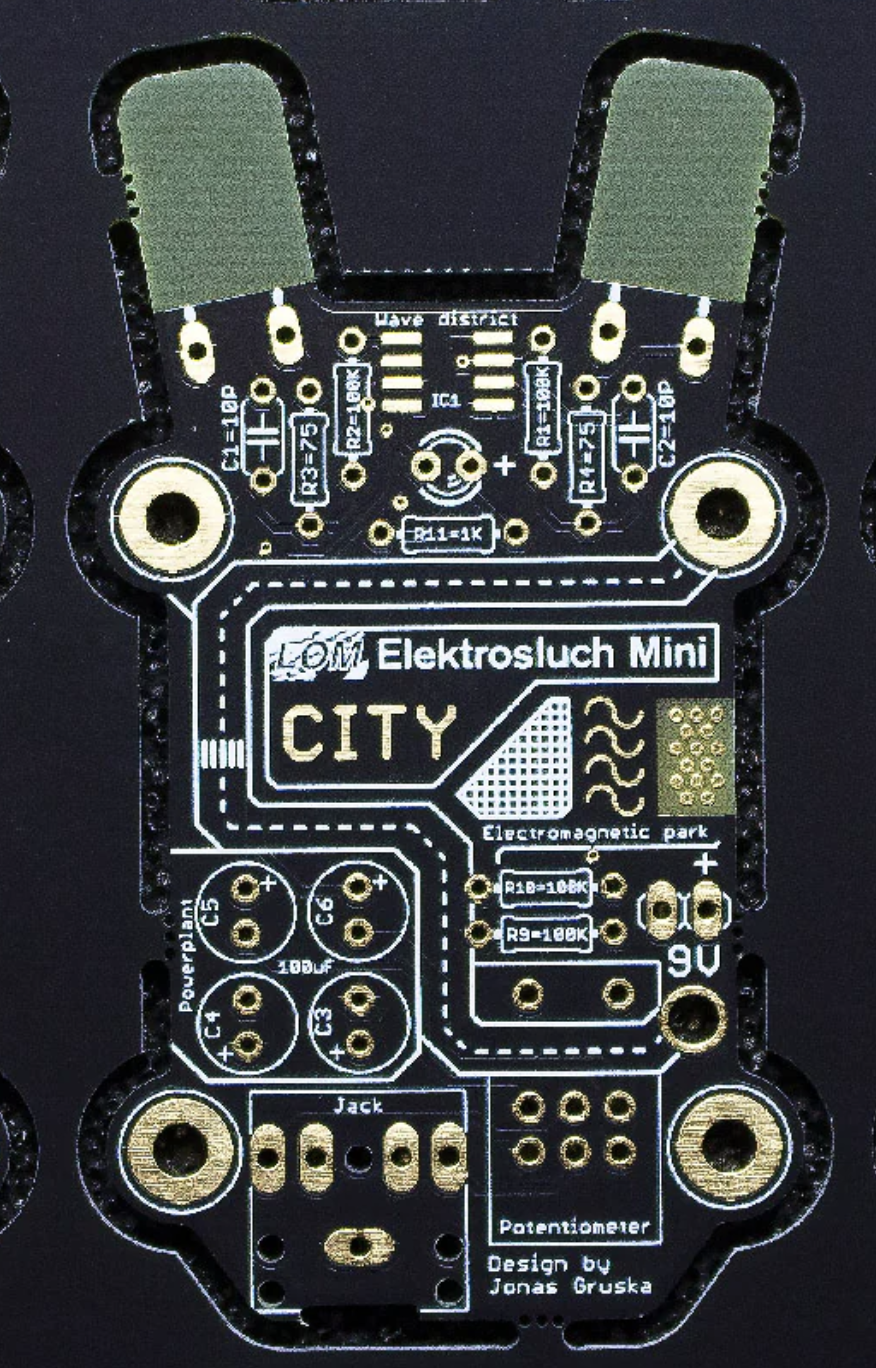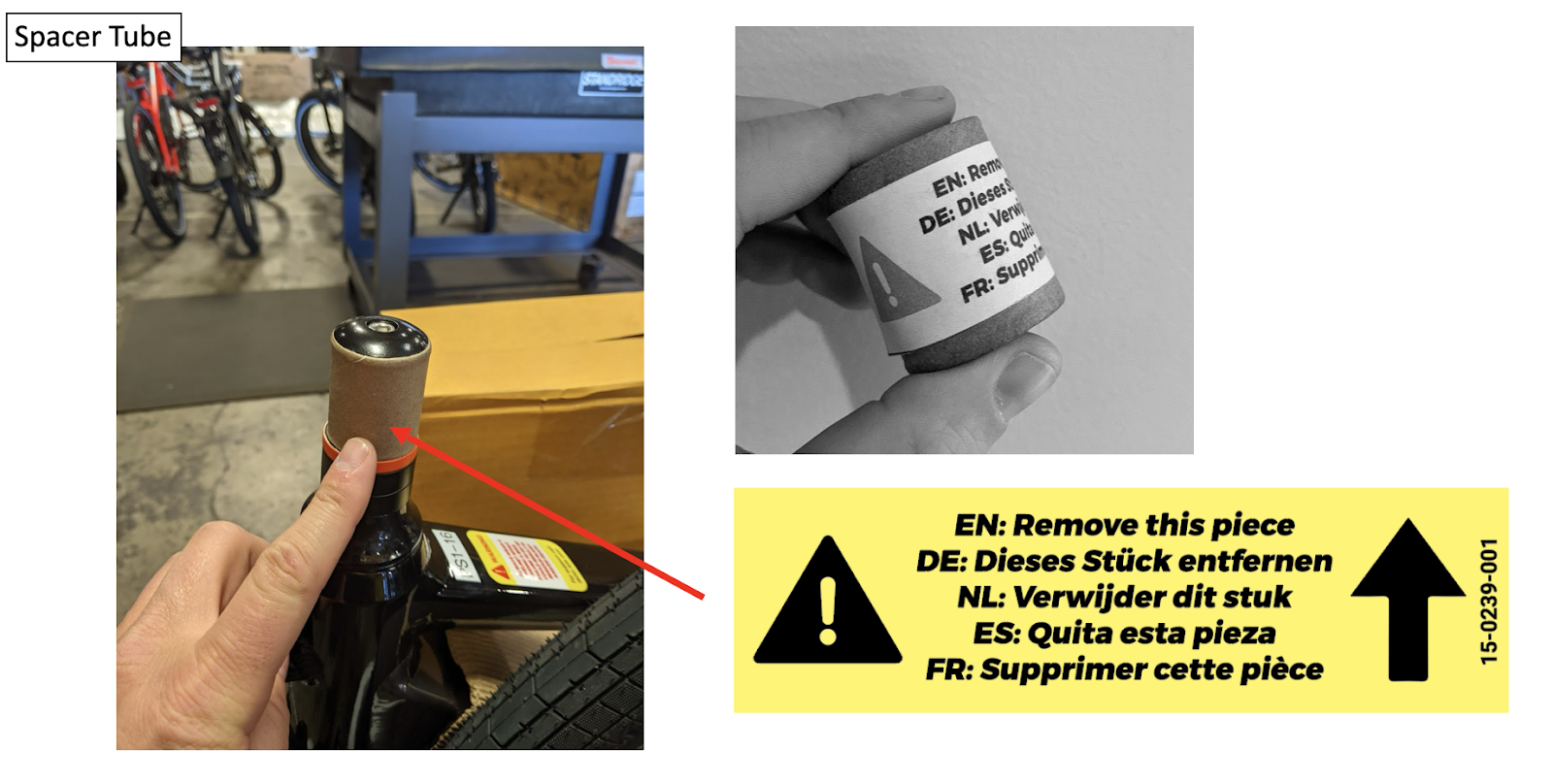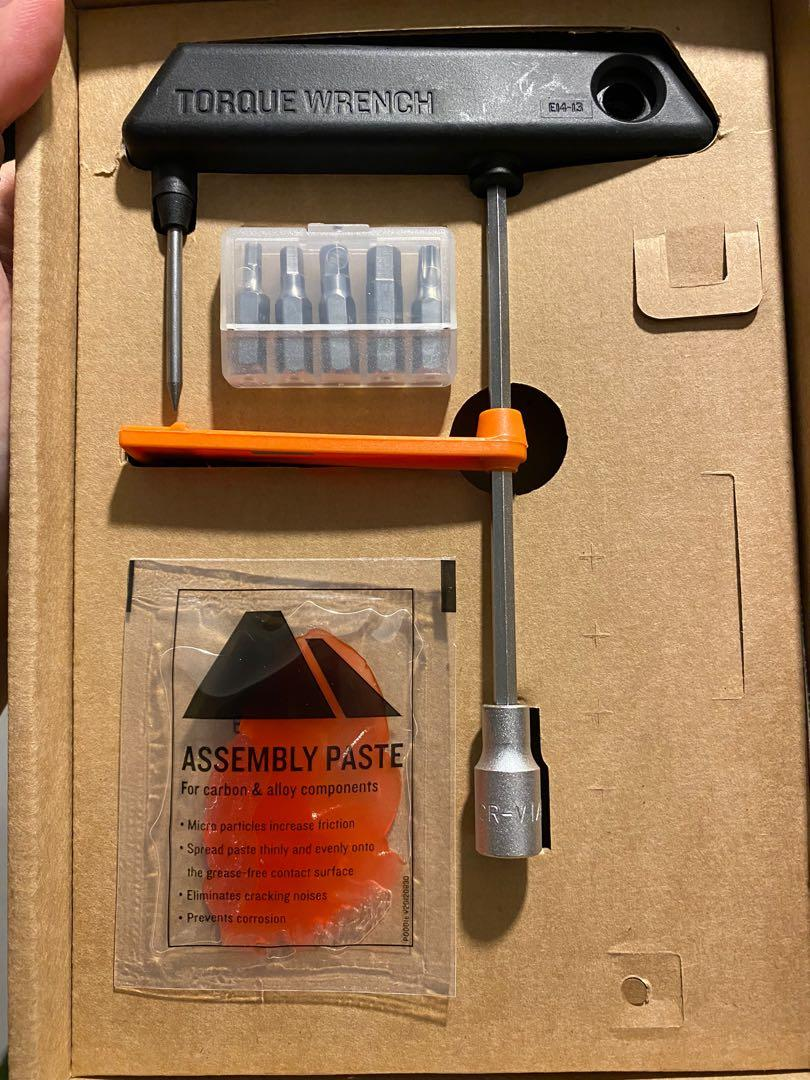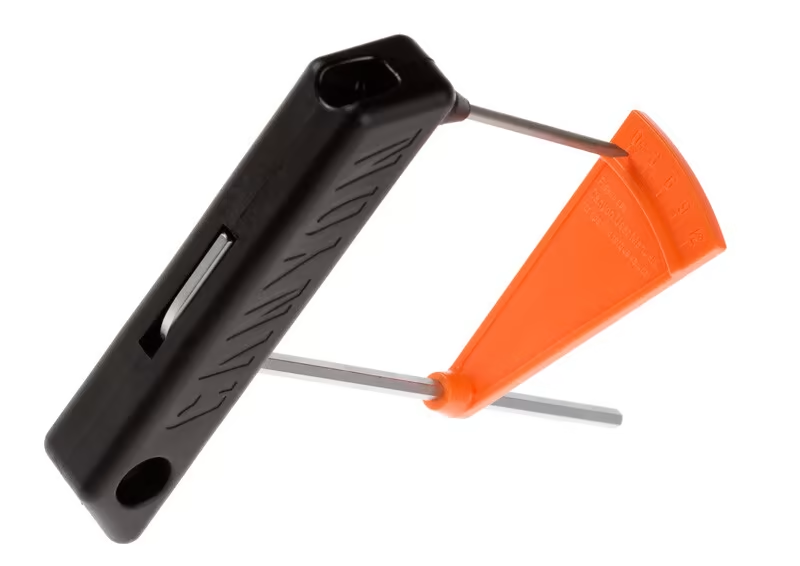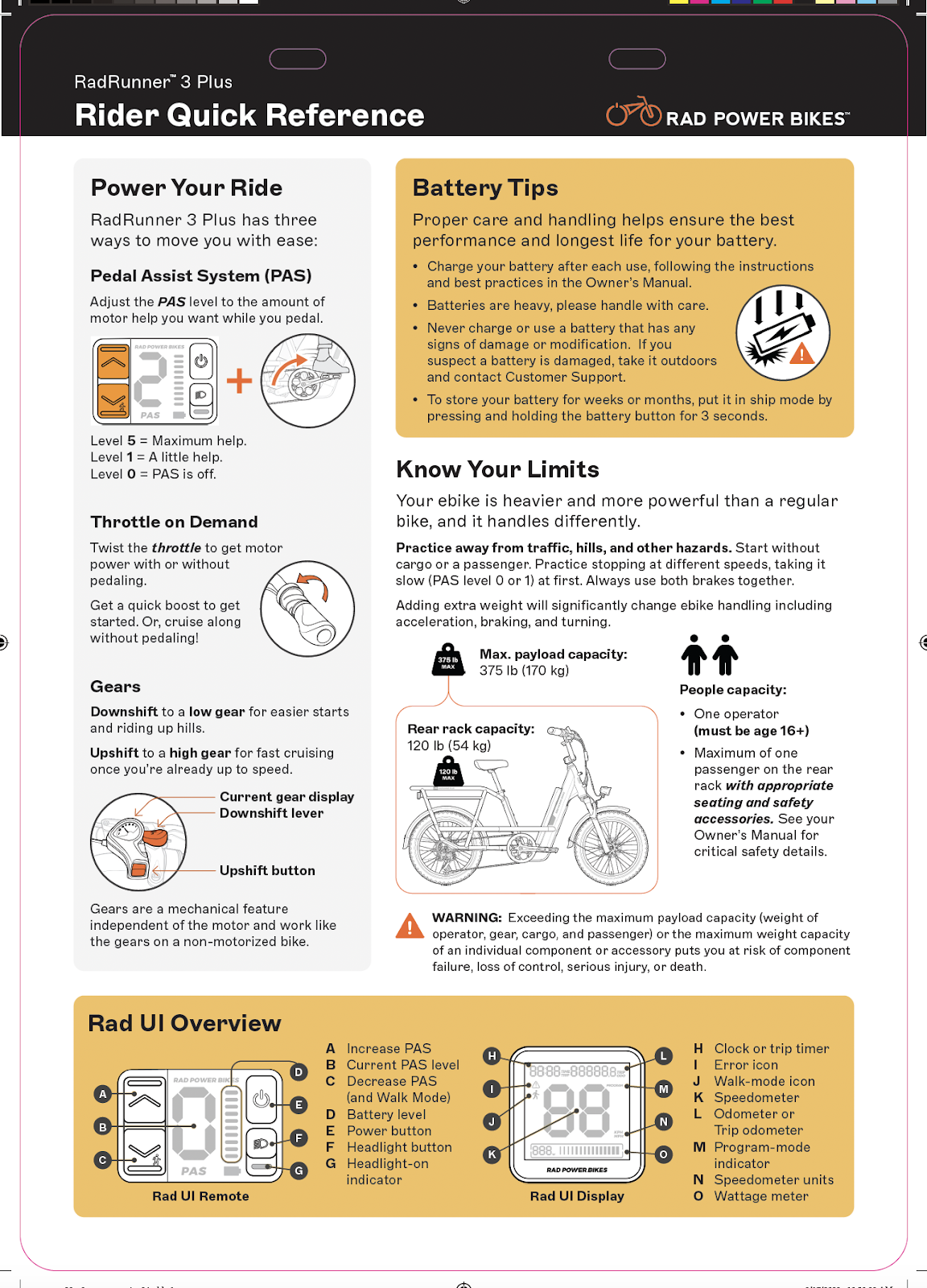How To Add Real Motor Sound To Any Electric Vehicle (Video)
How To Add Real Motor Sound To Any Electric Vehicle (Video)
A new video is out by Tomcat Works YouTube channel, a project of Pedal and Pack Studios. See link above for video content.
Video Link: https://youtu.be/L5bzn98yi5w?si=ONdGormIhZtE3RL3
In this video, you learn how to add real motor sounds to any electric vehicle. This project uses an electromagnetic wave sniffer using an operational amplifier chip to amplify the motor signal's electromagnetic field into audio. It will show you how to infuse any silent EV with more character and pedestrian safety!
In this future of intermediary vehicles, lightweight electric motorcycles and bicycles, the streets might get quieter, which is a really good thing. We may need to add back the appropriate amount of sound so we can hear this future coming. Adding sound can also add some character to your EV that is outside of what the EV industry or Hans Zimmer deem sound-worthy. This DIY project is inspired by the innovative electromagnetic wave sniffer circuit from LOM's Elektrosluch. It's an audio device solution that captures the electromagnetic field emitted by your EV's motor and converts it into audio gold, transforming the silent hum of your EV into an electrifying auditory experience!
LOM Elektrosluch Mini, Image Credit: LOM
There are lots of companies working on this project for their electric cars, such as BMW and Hyundai. You might notice the spaceship sounds coming from the Hyundai Ioniq EVs as they become more and more common. These sounds are added for pedestrian safety.
For the future state of this project, it could be adapted to work with AI tools as a diagnostic device. Built into portable modules that are put into fleet vehicles, it could give insights on the condition of EV fleets, looking for such things as motor resistance, motor controller signal condition, and regenerative braking condition.
This project stems from LOM's Elektrosluch, which comes from the beautiful nerds who like to explore unseen audio landscapes and dream about field recording devices for ambient soundtracks. Many thanks to LOM and others who bring their creativity to this space and for inventing these devices.
See the project links below for lots more information on this project and projects like it.
Project Links:
LOM's Elektrosluch: (The original Elektrosluch circuit by LOM that inspired this project.)
https://store.lom.audio/products/elektrosluch-3?variant=4542168268832
https://youtu.be/J-c0OoAF5WQ?si=sUdfInhHx0rHvtJp
Make Magazine Project Video: (How to DIY this circuit from scratch)
Make Magazine's weekend project guide: (Building an electromagnetic sniffer to sample weird sounds from electromagnetic fields)
https://makezine.com/projects/weekend-project-sample-weird-sounds-electromagnetic-fields
ASCUTA EMF Detector Kit: (A DIY kit for building an electromagnetic wave sniffer/detector)
https://www.tindie.com/products/spadelectronics/diy-kit-emf-detector-electromagnetic-wave-sniffer/
ASCUTA: Interview Writeup on Maker Music Festival
https://www.makermusicfestival.com/projectdirectory/ascuta-11v/
The Curious Electric Company EMF Detector Kit: (Another kit option for an EMF detector circuit.)
https://www.tindie.com/products/curiouselectric/emf-detector/
Stereo Electromagnetic Microphone from TidbitAudio: (Simple circuit used in the video)
https://www.etsy.com/listing/1328041324/stereo-electromagnetic-microphone-stereo
MOOER Multi Effects Pedal: (A multi-effects pedal that can be used to modulate and shape the sounds captured by the electromagnetic sniffer.)
https://www.mooeraudio.com/products/180.html
IK Multimedia iRig Audio Interface: (An app-based audio interface for connecting the circuit to a smartphone or tablet.)
https://www.ikmultimedia.com/products/irigusb/
Examples from the EV Industry:
How Music Composers Are Replacing The Sound Of Engines In Cars: (a Business Insider YouTube)
AngeTheGreat's YouTube channel: (An amazing video on simulating an entire car engine and modeling the sound)
Hans Zimmer & BMW M Craft the Sound of the First-Ever Electric BMW i4 | BMW USA: (A video showcasing the sound design process for the BMW i4 electric vehicle by renowned composer Hans Zimmer)
Audi Electric Car Sound: (Design Blog post from Design Boom)
https://www.designboom.com/technology/audi-e-sound-for-electric-cars/
Field Recording and Music Making:
Beep Blip: (Field Recordings and Workshops)
https://beepblip.org/electromagnetic-field-detector/
https://beepblip.org/in-the-field-with-emf-detector/
ANDREW HUANG's YouTube about using the LOM device: https://www.youtube.com/watch?v=lO5ehpdZ5Po
Soma Ether: (ETHER is a wide-band receiver and EM listening device)
What’s in the (Bike) Box?
Packaging Design in the Bike Industry
Questions are from Ben tabor at True Quality Engineering, Responses by PEDAL AND PACK STUDIOS, Part 1
How can bike packaging increase bike value and help brands reach sustainability/waste reduction goals?
The top priority for customers and brands is to make sure that bikes arrive to customers damage free. Any damage to a bike automatically is the least sustainable outcome. The highest value that brands can provide to customers is ensuring the bike arrives in pristine condition, reducing customer service inquiries and quality-related issues from the very first ride!.
In the case of direct-to-consumer (D2C) bikes, packaging serves a dual role: informing the customer and guiding them through the assembly process with clear technical instructions and the specific tools needed for assembly. Effective packaging can also communicate the brand's messages and priorities and foster a sense of connection and confidence in the customer's purchase. Poor packaging and inadequate technical and assembly information can hurt the customer experience from day one.
You have one shot to make a good first impression with customers, whether they are buying directly or through bike shops. Prevent situations that may confuse the customer or assembly mechanic. Haphazard packaging or unlabeled parts in the box impact the brand's reputation and lead to doubts about the bike's quality. I've witnessed instances where assembly mechanics attempted to fabricate solutions to non-existent problems due to poor communication or missing or improperly labeled parts.
Good packaging ensures everyone is excited and onboard for the new ride!
Challenges in Bike Shipment Packaging: D2C vs. Brick and Mortar Retail
Direct-to-consumer packaging has a different job compared to traditional retail packaging. D2C packaging requires the bike to be more assembled and ready to ride out of the box. While an assembly mechanic can add a missing part for a traditional retail bike, the same situation creates costly service calls and communications for direct-to-consumer brands. Therefore, packaging should closely align with the bike's development and factory assembly and adjustment, ensuring a smooth customer journey and minimizing frustrations.
Use QR codes and provide comprehensive starter kits with the necessary tools to assist customers. For example, direct-to-consumer technical instructions emphasize using the correct torque specs for components like a stem faceplate. Different types of bikes may have distinct hardware requirements, and clear guidance is essential to prevent issues, such as stripped bolts. To avoid such problems, some direct-to-consumer brands like Canyon include easy-to-read flex gauges and torque tools in their kits.
Another common challenge is ensuring delicate wiring harnesses and cable routing are protected. Poor handling of these parts can become a massive headache for customers and brands. Packaging should guide customers step-by-step through wheel installation and cable routing, using video content and well-written manuals. A well-crafted “Quick start guide” can simplify user experiences and prevent frustrated calls and emails to customer service.
An example of a well crafted quick start guide from Rad Power Bikes :
Quality customer service is closely linked to packaging, as engineers and quality control teams should collaborate with customer service to address packaging-related quality and damage issues. For instance, if a bike factory's assembly process doesn’t follow your exact documentation and customer instructions, complaints will follow. . Get support from your vendors and QC staff to make sure all packaging follows your requirements 100%.
Example of a good assembly video: https://www.youtube.com/watch?v=weyOy1lPBVs&list=WL&index=72 (From Specialized University)
Stay Tuned for more articles from Pedal and Pack on Bike Industry packaging.



